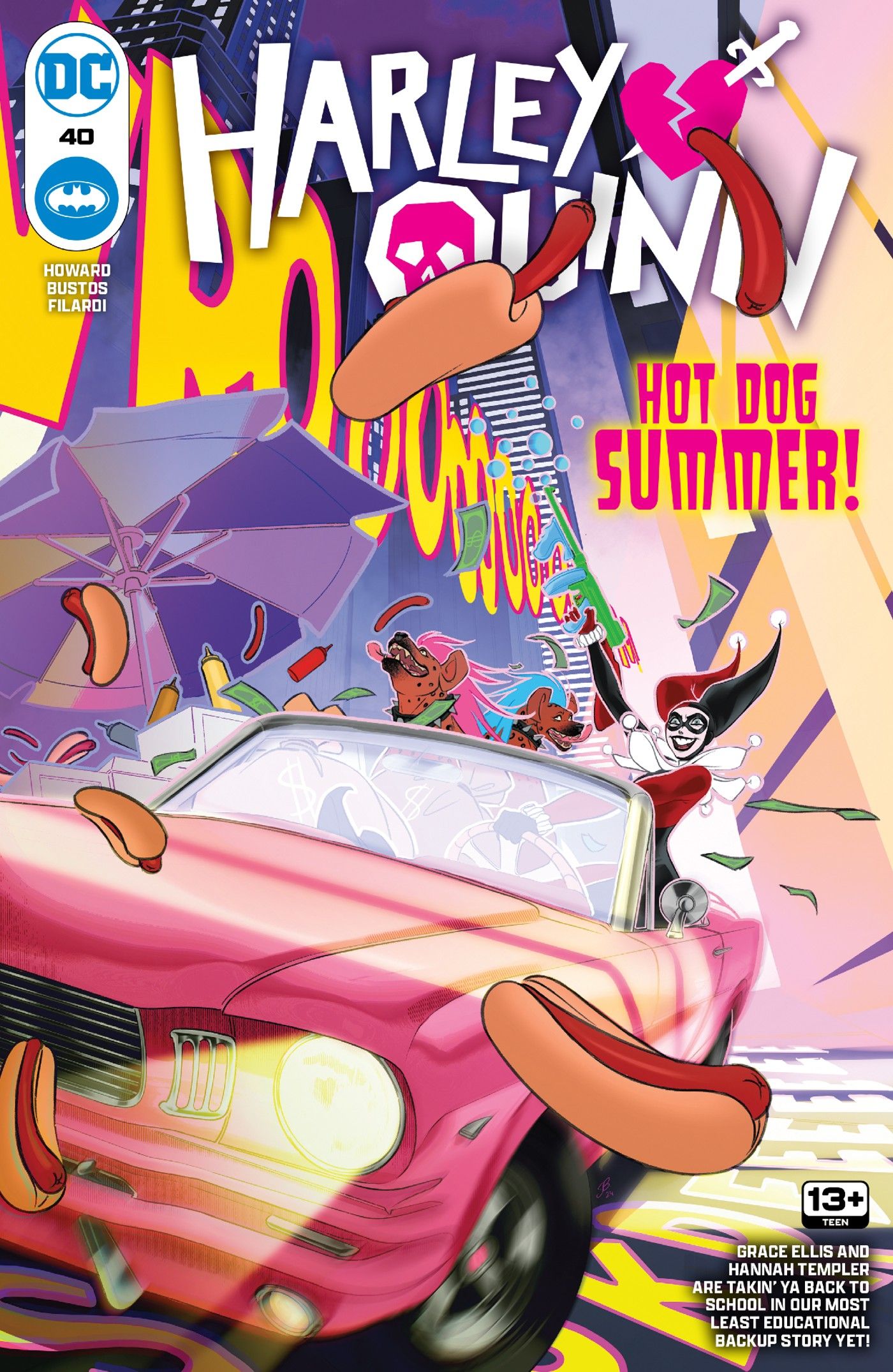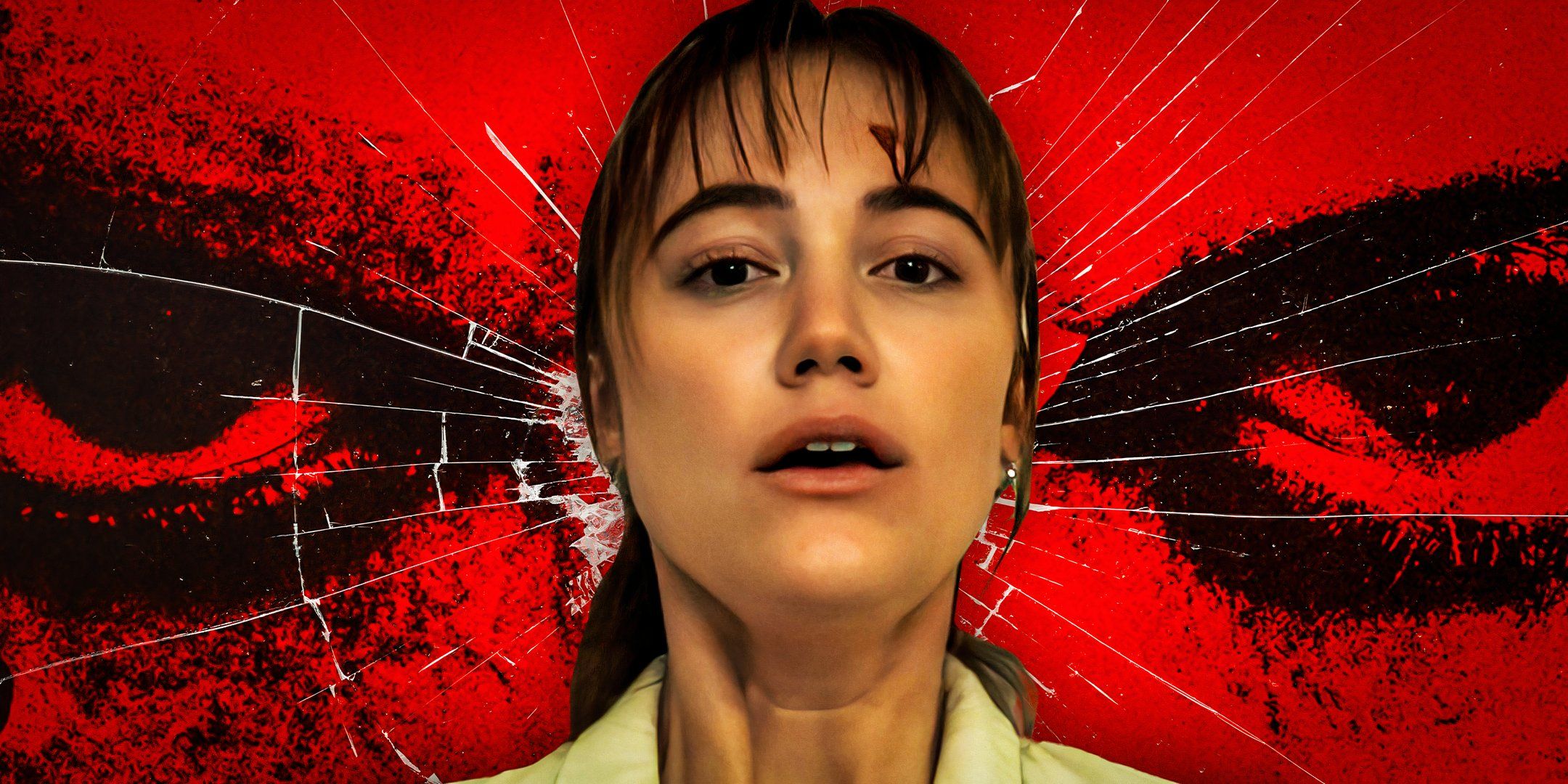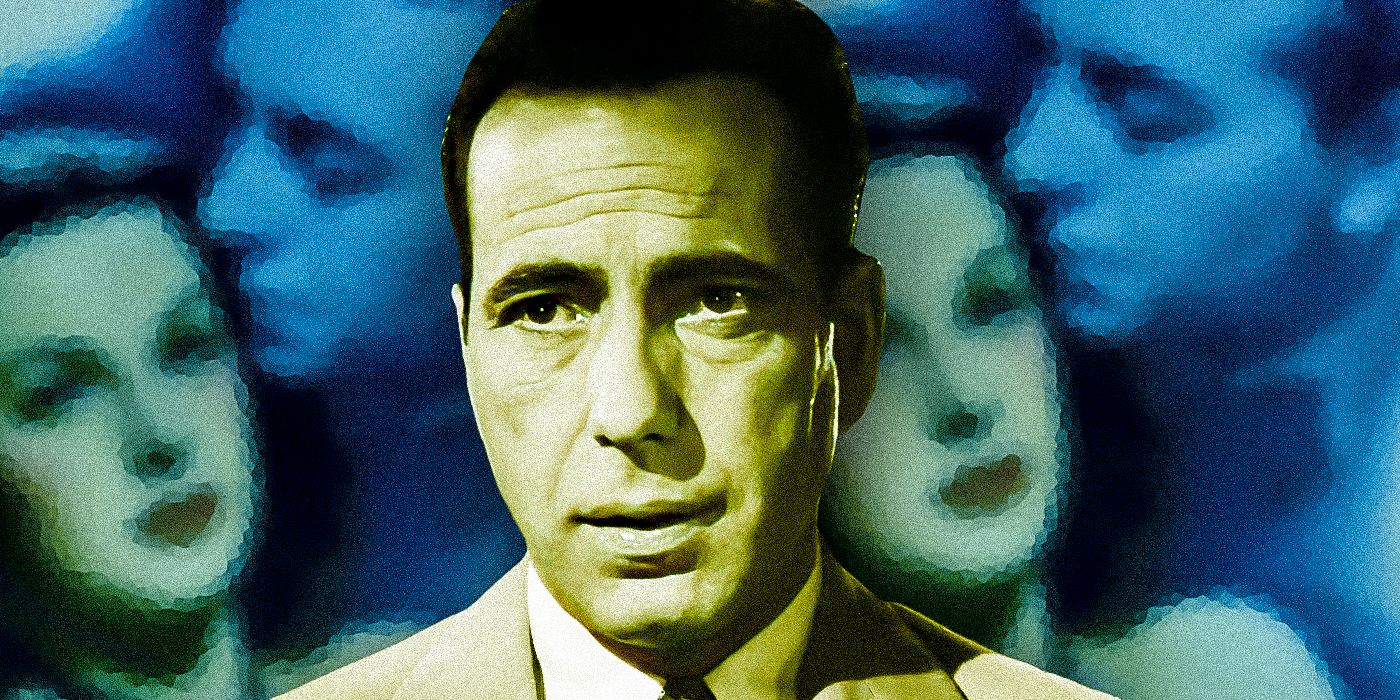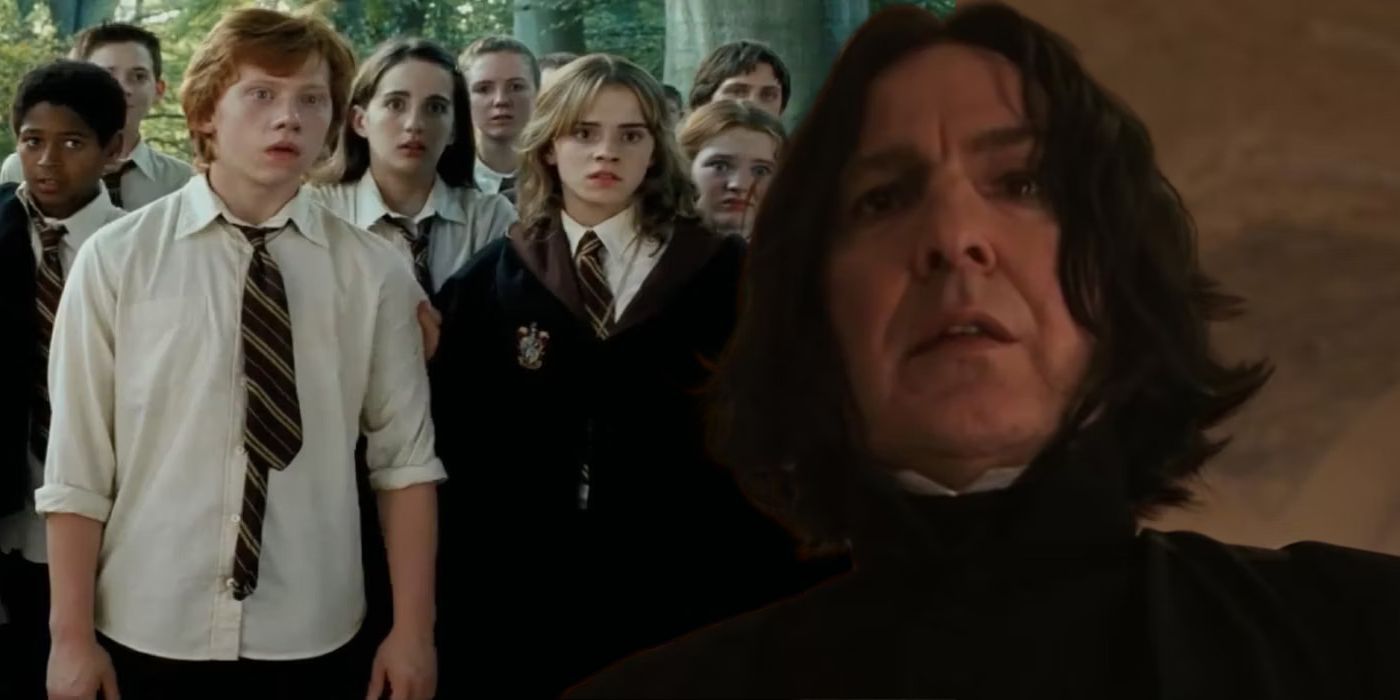Horror fiction legend Dean Koontz‘s work hasn’t been treated very well on the big screen, so what makes the 1997 TV miniseries Intensity his most underrated screen adaptation to date? Prolific genre writer Dean Koontz boasts a career spanning decades, most of which were spent on the bestseller list. The author is one of few writers who can reasonably be compared to Stephen King in terms of enduring popularity among readers.
However, unlike King, Koontz’s work has never been adapted into a big-budget blockbuster. The sole attempt to make a major mainstream hit of his work, 2013’s Odd Thomas, was an underrated gem from The Mummy director Stephen Sommers and late, great genre stalwart Anton Yelchin. However, this outing soon vanished into obscurity, forgotten by all but the most die-hard horror enthusiasts.
However, while Odd Thomas may be a scary, funny, underrated thrill ride, the 2013 movie is not Koontz’ best screen adaptation to date. That title (arguably) goes to the acclaimed 1997 TV miniseries of the author’s novel Intensity, a simple, terrifyingly tense story of a woman named Chyna (Molly Parker) who plays a cat and mouse game with a vicious serial killer (John C. McGinley) after a traumatizing home invasion. It’s a nail-biting thriller fronted by two great performances, and one that still stands head and shoulders above the rest of Koontz’ screen adaptations thanks to the stripped-back simplicity of its story, the constant tension, and the surprising effectiveness of its sparse gore.
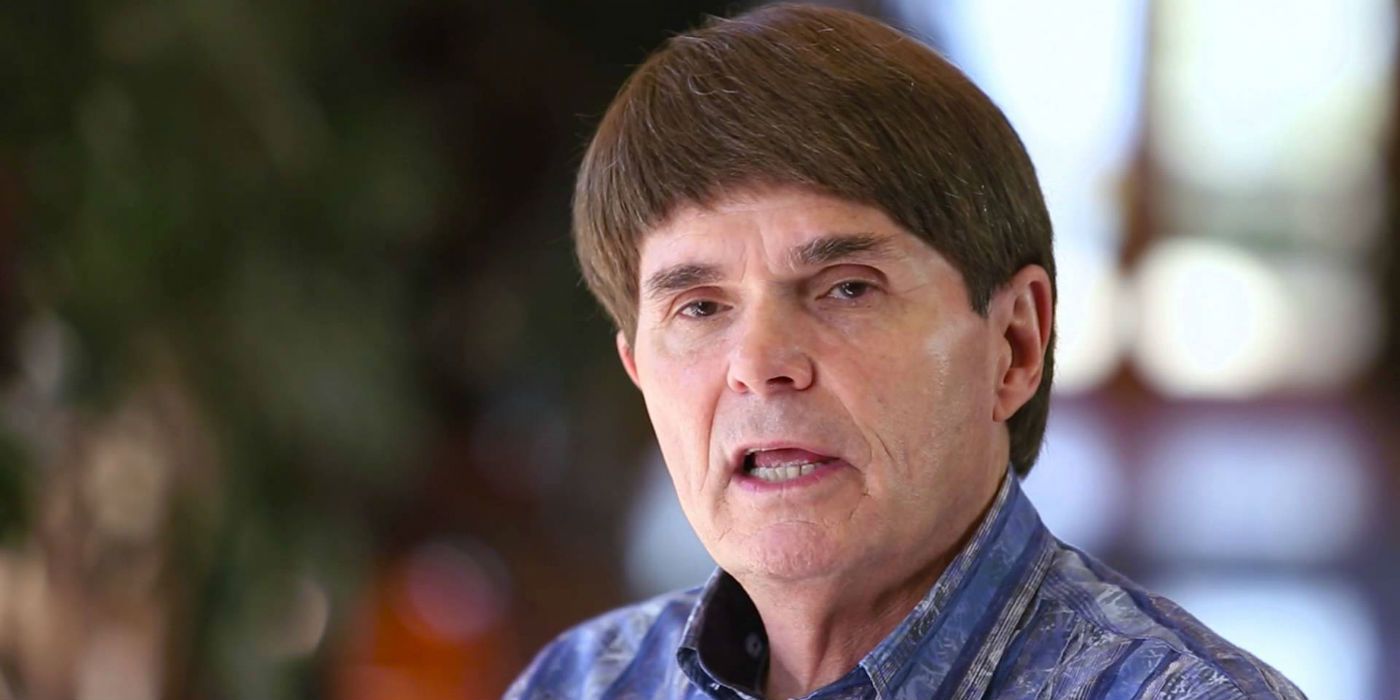
A massive influence on Alexandre Aja’s critically acclaimed 2003 slasher Haute Tension (to the point that some critics consider the latter movie a rip-off of Intensity), the miniseries opens on a traumatizing scene of the entire family hosting the heroine for Thanksgiving being killed one-by-one by a serial killer. What soon follows is a race against time that never lets up and thankfully avoids the ludicrous twist added by Haute Tension’s infamously silly ending. Thus, the miniseries leaves viewers with a lingering sense of unease that Aja’s movie is missing. Much of Intensity’s success comes down to Platoon star John C McGingley’s terrifying turn as the implacable killer as well as Molly Parker’s believably scared, but strong, role as the heroine. Parker, who also starred in a Stephen King adaptation with 1922, brings a sense of urgency to the horror unfolding around her and reacts in a manner much more realistic and less frustrating than many horror heroines despite her desperate situation.
Meanwhile, McGinley’s cold killer is less crazed and more creepily deliberate than most screen villains. Although his plan is unhinged it is also calculated, and at each turn, the villain’s improvisation sets the heroine back another step until the satisfyingly gruesome payoff sees her finally win out. Despite being limited by the restraints of network television, Intensity manages to make the implications of what viewers don’t see even more scarring than the gore of many more graphic horror movies. After the villain’s quick dispatching of the idyllic family in the opening scene, viewers are left horrified by the discovery that he is holding a child hostage. The unspoken threat of what’s in store for the poor kid is more unsettling than any amount of onscreen gore could hope to be, making Intensity the best Dean Koontz adaptation not because of the horror it depicts, but because of the untold terror that the story implies.


